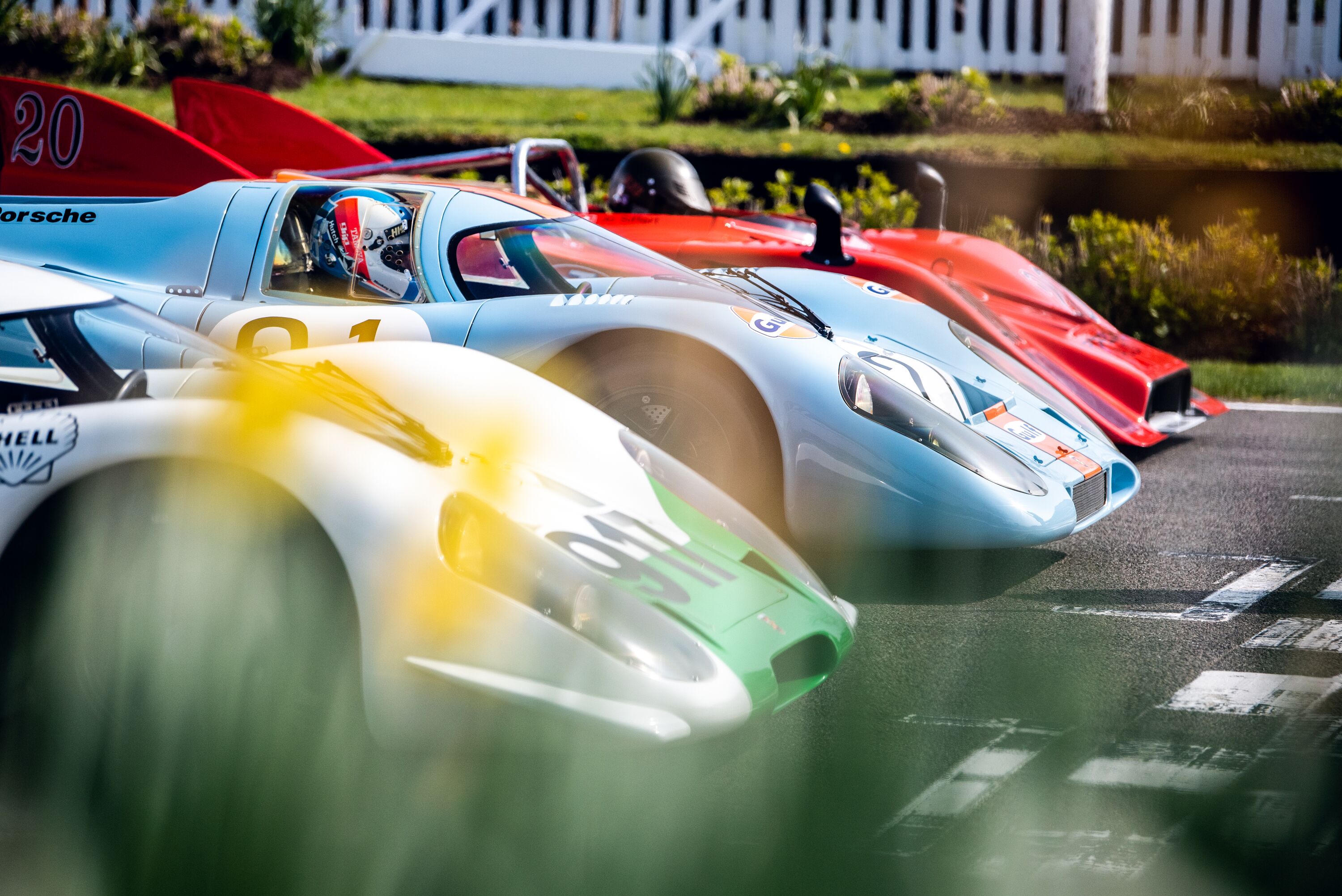Celebrating 75 years of the world-beating Jaguar XK engine
There are some engines that have knitted themselves into the psyche of car enthusiasts. One of them is Jaguar’s XK straight-six, a powerplant that first went into production in sync with the XK120 sportscar 75 years ago. The slinky roadster and coupé were devised purely to show off the engine at the previous year’s British Motor Show – the Mk7 saloon, which was under development and wasn’t going to be ready in time. The hastily-prepared sportscar went on to become hugely popular in its own right, a global hit in a car-starved world that was lacking in glamour in the immediate aftermath of World War II.

Jaguar only expected to build 200 XK120s, but ended up assembling 12,061 of them by the time the model was usurped by the similar XK140 in 1954. Demand was so strong that the Coventry carmaker had to abandon its intention to hand-build the cars; the laborious aluminium bodies of the earlier cars gave way to more production-friendly pressed steel. The runaway success of the XK120 would only be the start for the six-cylinder engine it helped put on the map. The powerplant itself would remain in production right up to 1992.
It says something of Jaguar founder William Lyons’ optimism and ambition that he he began sketching out the XK engine during the war. The Coventry-based company, at that time called SS Motors, was obliged to conduct fire-watching duties during German bombing raids, and Lyons would ensure that these roof-top duties were conducted with engineers William Heynes, Walter Hassan, Claude Baily and Harry Weslake so they could discuss the new engine. The plan was to devise a unit that would be so advanced that it would not only outperform the opposition but also not need development for many years. This showed a strength of self-belief at a time when there was no prospect of peace.
Lyons was targeting 160PS (119kW) with a flat torque curve across the rev range. Refinement was also key since it was destined to power luxury saloon cars. It would need to share its dimensions with a smaller engine to double-up on production tooling and its appearance was also taken into consideration; it would have to look good in the engine bay.
The ‘X’ stands for experimental, while the ‘J’ denotes the fact it was the tenth design in the programme. The first five didn’t make it off the drawing boards. XF was a four-cylinder engine that was actually realised, but a weak block was the Achilles’ heel that prevented it being taken further. It had a lot going for it, though, not least twin overhead camshafts that were seen as advanced at the time. XG was another non-starter, its in-block camshaft failing to deliver the required level of refinement.
In the end, it was the XK’s combination of double overhead camshafts, an iron block and an aluminium alloy cylinder head that ticked all the boxes. An unusually high specification for a production engine, but it was a recipe that set Jaguar up for success. Strong, smooth and powerful in its day, the XK would prove to be long lived.
The straight-six would be offered in five different capacities over the coming years, and would find its way into a broad range of luxury saloons and sportscars. Over more than four decades, it served the dual purposes of performance and refinement depending upon its application. Making the case for the former criterion are its five victories at the Le Mans 24 Hours, and it found its way into plenty of non-Jaguar models, too. Lister, Cooper and HWM all saw its strengths and used the XK engine, which also had further diversification in military vehicles, powerboats, oval stock car racers and a variety of kit cars.
After 75 years, it remains a mainstay in historic motorsport. 2020 saw Jaguar restart production of the XK engine and it came complete with a warranty. It certainly fulfilled its brief to be long-serving.
At the 2024 Goodwood Revival, we're celebrating this marvel of engineering with a parade each day of XK powered racing cars from the 1948 to 1966 Revival era. The action seen on here on track is abundant with both grace and pace.
The 2024 Goodwood Revival takes place on 6th-8th September. You can watch every moment of the historic motorsport action right here on our live stream!
Photography by Toby Whales.
Revival
Revival 2024
Jaguar
XK
event coverage


















